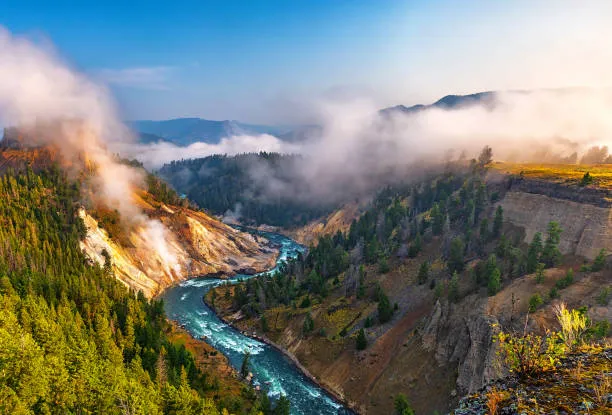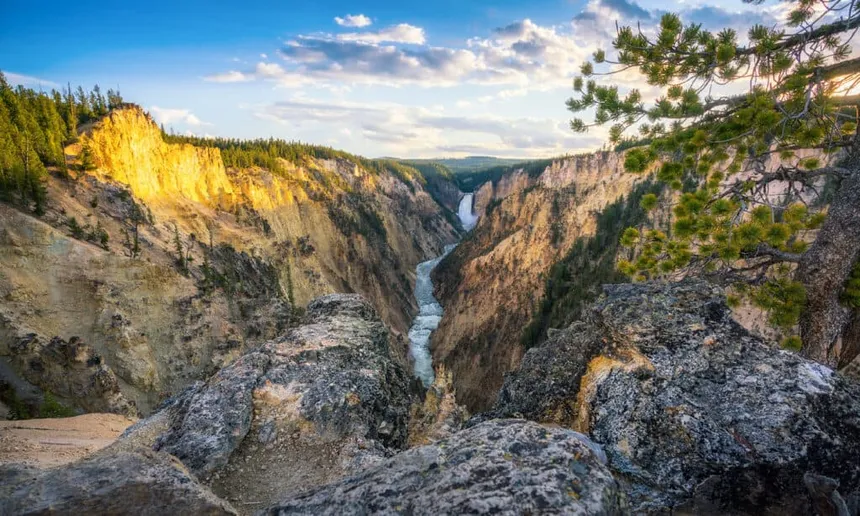As the sun rises over southern Montana, a scene of devastation unfolds as rail cars carrying hazardous materials teeter on the edge of the Yellowstone River, their contents spilling into the waterway. The sudden collapse of a bridge over the weekend has led to a massive cleanup operation, with authorities scrambling to contain the environmental disaster.
Montana Rail Link, the private company responsible for the rail cars, is developing a cleanup plan with the help of its unions and BNSF Railway to reroute freight trains in the area, minimizing disruptions to the supply chain. The company has committed to bearing all cleanup costs, with chief executive Joe Racicot assuring the public that every effort will be made to restore the affected area to its original state.
The derailment, which occurred on Saturday morning, has resulted in 16 rail cars overturning, with 10 of them ending up in the river. Six of the cars contained hot asphalt, three held molten sulfur, and one carried scrap metal, with two cars submerged in the rushing water. A dive team has been deployed to gather more information about the incident.
Although the contents of the rail cars have solidified and sunk to the bottom of the river, tests have shown that the materials have not affected water quality. The Montana Department of Environmental Quality has taken samples of the water, with results still pending, but early findings suggest that the materials are not water-soluble and are not expected to impact water quality.
The cause of the bridge collapse remains under investigation, but officials have pledged to leave no stone unturned in determining the root cause of the disaster. The incident comes at a time when freight railcar inspections are happening less frequently, with union officials testifying last week that reduced inspections may have contributed to the Ohio derailment earlier this year.

Yellowstone River
As the cleanup operation progresses, authorities are also working to assess the impact on local wildlife. Experts from federal and state fish and wildlife agencies have been invited to the site to determine how the derailment has affected the environment. So far, no injuries have been reported, but the derailment has also severed two major fibre-optic lines, crippling communication services in the area.
In the midst of this chaos, the White House has pledged to provide any federal assistance needed to help restore the affected area. Officials have confirmed that the US Department of Transportation is investigating ways to prevent similar derailments in the future. As the nation watches with bated breath, it remains to be seen whether the cleanup efforts will be successful in containing the environmental disaster, and whether the incident will lead to meaningful changes in the way freight railcars are inspected and transported.











































